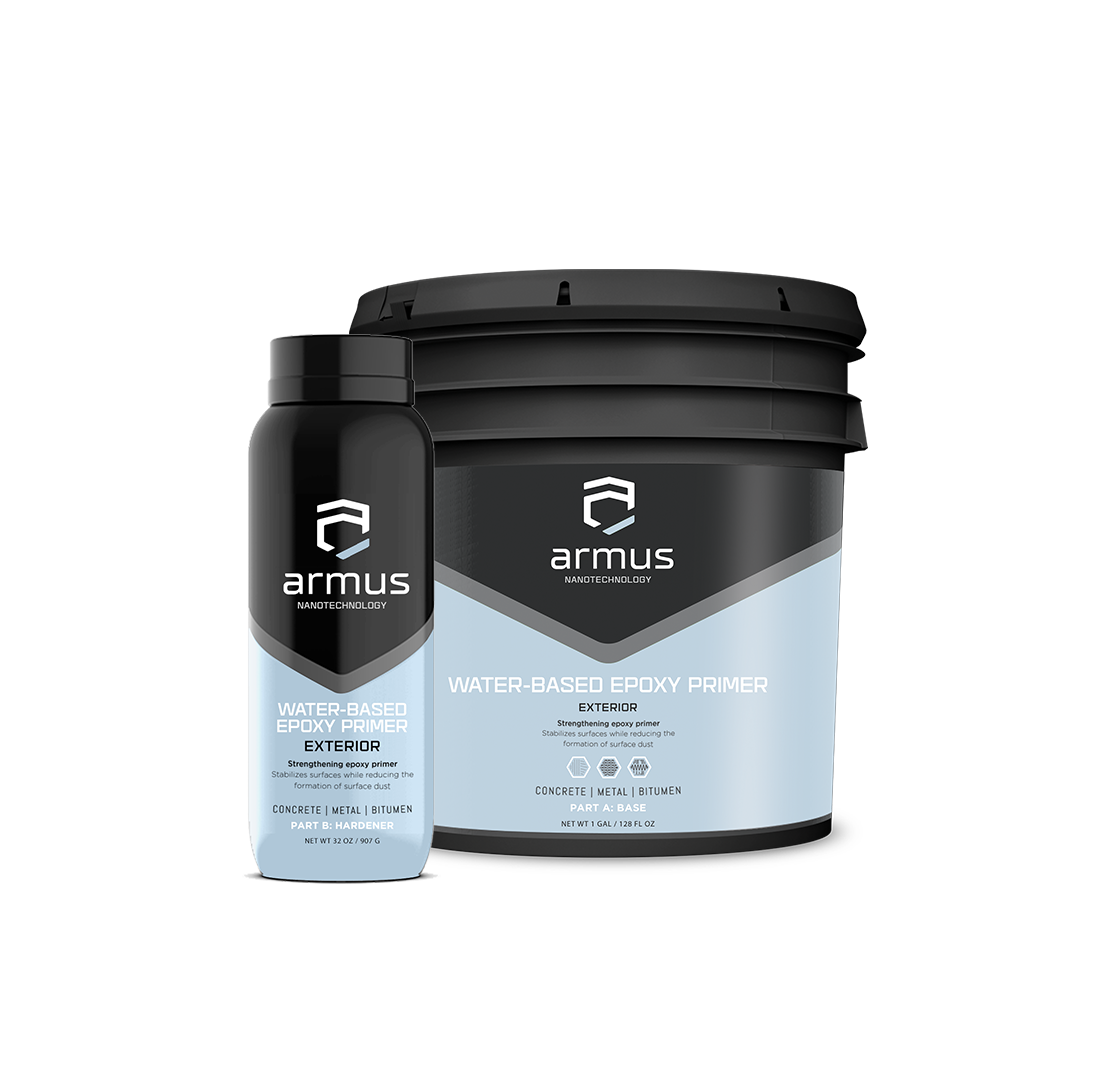
ROOF PA100 REPAIRS & PROTECTS A FAILING MODIFIED BITUMEN RESIDENTIAL ROOF
- LOCATION: HENRY ST, BROOKLYN NYC
- DATE APPLIED:
- SUBSTRATE: MODIFIED BITUMEN
- PRODUCT USED: WBE PRIMER & ROOF PA100
- APPLICATION METHOD: BRUSH & ROLLER
- SITE DESCRIPTION: RESIDENTIAL 1,500 SQFT ROOF
THE CHALLENGE
A 1,200-square-foot modified bitumen roof on a luxury residential multifamily exhibited signs of significant deterioration, presenting several challenges. The asphalt-based adhesive layer between bitumen sheets had weakened, causing separation and excessive delamination and compromising the roof's overall waterproofing capability.
Exposure to UV radiation and thermal fluctuations resulted in widespread cracking and blistering, further jeopardizing the membrane's integrity. Delaminated areas and compromised seams created potential entry points for water infiltration, posing a threat to the structural integrity of the residence and interior finishes.
Conventional repair methods, such as patching cracks, often fail to address the underlying issues of delamination and material fatigue. These temporary solutions provide inadequate long-term protection, leaving the roof vulnerable to further deterioration and leaks.
THE SOLUTION
To address these concerns, the Armus PA100 Guard system was implemented. This two-step approach offered a comprehensive solution for restoring the roof's integrity and waterproofing performance.
Water-borne Epoxy Primer: Its low-VOC, water-borne formulation facilitated deep penetration into the weathered bitumen substrate. This penetration stabilized delaminated sections and provided a robust adhesive bond for the subsequent topcoat. Additionally, the WBE Primer's hard epoxy finish formed a base waterproof layer, enhancing overall protection.
Roof PA100 Topcoat: This high-performance elastomeric coating served as the final waterproofing layer. Its liquid-applied nature seamlessly filled cracks and voids, creating a monolithic barrier against water infiltration. The high elongation at break (450%) allowed the topcoat to adapt to thermal fluctuations without cracking or tearing, ensuring long-term durability. Furthermore, Roof PA100's cool roof technology provided additional benefits by reflecting solar heat and reducing energy consumption.
The application process followed a meticulous three-day protocol:
Day 1: Thorough cleaning and debris removal from the roof surface. Strategic application of WBE Primer along critical points like penetrations and flashing to effectively seal potential leak pathways. Curing of the primer for 24 hours.
Day 2: Application of WBE Primer over the remaining flat roof surface. Application of the Roof PA100 topcoat was applied to previously primed flashing and penetration points.
Day 3: Application of Roof PA100 onto the remaining roof’s primed surface using a roller. Roof PA100 topcoat was allowed to fully dry and cure for 24 hours.
POST-APPLICATION RESULTS & evaluation
The combined efforts of the Armus Water-borne Epoxy Primer and Roof PA100 successfully addressed the vulnerabilities of the failing modified bitumen roof. Penetration of the WBE Primer into the weathered substrate stabilized delaminated sections and provided a robust adhesive bond for the topcoat. Its hard epoxy finish created an additional layer of waterproof defense, while Roof PA100's seamless application filled cracks and voids, forming a monolithic barrier against water infiltration. The high elongation of the topcoat allowed it to adapt to thermal fluctuations without compromising its integrity, ensuring long-term durability. Furthermore, Roof PA100's cool roof technology reflected solar heat, contributing to enhanced energy efficiency within the residence.
This successful repair demonstrates the comprehensive capabilities of the Armus system in tackling the inherent challenges of delaminated modified bitumen roofs. By addressing the root causes of material fatigue and compromised waterproofing, the system effectively restored the roof's structural integrity and offered durable protection against future deterioration.
The combination of WBE Primer's deep penetration and sealing capabilities with Roof PA100's seamless, flexible, and watertight barrier proved to be a potent solution, mitigating the risk of leaks and safeguarding the residence's valuable structure and interior finishes. Additionally, the cool roof technology's contribution to energy efficiency provided further value by reducing energy consumption, making the Armus system a compelling choice for both performance and sustainability in extending the lifespan of worn roofs.

project gallery
Pre-cleaning site visit. Existing worn modified bitumen substrate showing delamination.

Application of WBE primer along roof flashing (left). Roof PA100 topcoat spread with roller over remaining primed roof surface (right).

Roof PA100 topcoat. Post-application.
Video

WBE Primer
A TWO-PART WATER-BORNE EPOXY PRIMER THAT CREATES A WATERPROOF BARRIER AND PROVIDES HIGH ABRASION RESISTANCE.
Use with Armus Roof PA100 topcoat.


Roof PA100
A two-part polyaspartic roofing repair topcoat that creates a waterproof barrier, blocks heat transfer and provides thermal insulation.
Use with Armus water-borne epoxy primer.

